Let’s talk about AI stocks. You’ve seen the headlines. You’ve heard the hype. It feels like we’re standing at the edge of a new world, one run by intelligent machines. And with any new world, there’s a gold rush. But here’s the thing about a gold rush: for every person who strikes it rich panning for gold, ten people get rich selling the shovels, pickaxes, and blue jeans. Investing in artificial intelligence is a lot like that.
You might be tempted to chase the companies with “.ai” in their name, the ones promising to build walking, talking robots. And some of them might succeed. But the real, foundational wealth is often built one step removed from the final product. It’s in the companies that make the “shovels”—the super-powered chips. It’s in the companies that build the “railroads”—the cloud infrastructure that lets AI run. And it’s in the companies that sell the “maps”—the software platforms that businesses use to make sense of it all.
Strategic Overview of Key AI Market Competitors
Before we dig into the nuts and bolts of each company, it helps to see the whole chessboard. Not all “AI stocks” are created equal. They play different roles, come with different risk profiles, and offer different ways to bet on the future. Some are the steady, foundational giants that are almost like utilities for the AI world. Use this as your map for navigating the rest of the article.
| Company | Category | Core Business | Primary Risk Factor | Investment Thesis (Simplified) |
| NVIDIA | Picks & Axes | Designing the top-tier GPUs that power AI data centers. | Extreme Valuation | Bet on the continued dominance of their chips for AI training. |
| TSMC | Picks & Axes | Manufacturing the world’s most advanced chips for others. | Geopolitical (Taiwan) | Bet on the entire world’s need for advanced semiconductors. |
| ASML | Picks & Axes | Selling monopolistic EUV machines needed for advanced chips. | Supply Chain Complexity | Bet on the single gatekeeper of cutting-edge chip manufacturing. |
| Lam Research | Picks & Axes | Providing critical etch/deposition equipment for chipmaking. | Cyclical Industry | Bet on the increasing complexity of 3D chip architecture. |
| Alphabet | Railroads & Platforms | Leveraging AI in search, ads, and a major cloud platform (GCP). | Antitrust Regulation | Bet on a diversified AI powerhouse from cloud to autonomous driving. |
| IBM | Railroads & Platforms | Providing hybrid cloud and enterprise AI solutions to large corps. | Slow Growth/Competition | Bet on a trusted partner for big business’s AI adoption. |
| Pegasystems | Railroads & Platforms | AI-powered workflow and decisioning software for enterprises. | Niche Market Competition | Bet on the need for large companies to optimize complex back-office work. |
| C3.ai | Gold Panners | Providing a platform and apps for enterprise AI deployment. | Business Model Viability | A pure-play bet on enterprise AI software adoption. |
| Upstart | Gold Panners | Using AI to disrupt traditional loan and credit scoring. | Macroeconomic Sensitivity | Bet on AI being better at assessing risk than traditional models. |
NVIDIA: The Undisputed GPU King
Nvidia’s story is one of the most remarkable shifts we have seen in business history in modern times. For years, they were the “cool” gaming company. The company’s GeForce graphics cards made video games more realistic by rendering lifelike shadows, reflections, and textures, and they were really good at it. They also didn’t realize, in the beginning, that the architecture they perfected for gaming—called parallel processing—was the exact architecture needed for artificial intelligence.
For AI, it meant running thousands of simple calculations in parallel, which is the key to training massive neural networks. This strategic shift, spearheaded by CEO Jensen Huang, proved so monumental that it has redefined the company’s trajectory and has been a primary driver in the astounding growth of jensen huang net worth 2025.
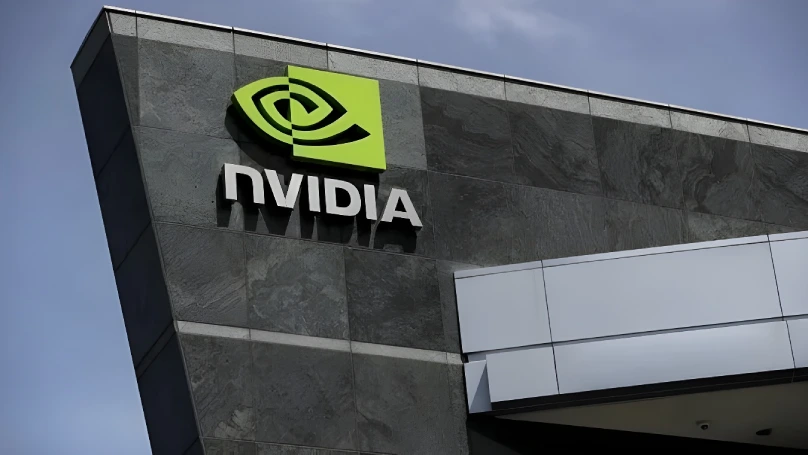
TSMC: The World’s Foundry
If Nvidia designs the supercar engines of AI, Taiwan Semiconductor Manufacturing Company (TSMC) is the high-tech, secretive factory that actually builds them. TSMC is a “pure-play foundry,” which means they don’t design their own chips. Instead, they have perfected the art of manufacturing chips for everyone else.
Building a state-of-the-art semiconductor fabrication plant, or “fab,” costs upwards of $20 billion and takes years to construct. The technology involved is mind-bendingly complex, requiring cleanrooms thousands of times cleaner than an operating room.
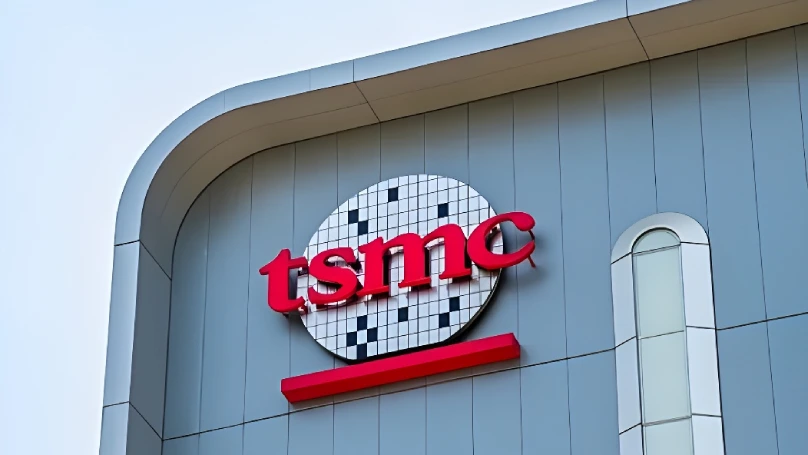
ASML Holding: The Secret Monopoly
Now we get really deep into the supply chain. If TSMC is the master factory, ASML is the company that sells them their most important, and irreplaceable, tool. Based in the Netherlands, ASML has a complete global monopoly on a technology called extreme ultraviolet (EUV) lithography. Let’s simplify that. Making a computer chip is like a form of photography.
The key to making smaller, more powerful chips is to use a light with a shorter wavelength, allowing you to draw finer lines. For years, the industry used deep ultraviolet (DUV) light. But to get to the modern 5nm and 3nm nodes, they needed something much, much finer. They needed EUV.
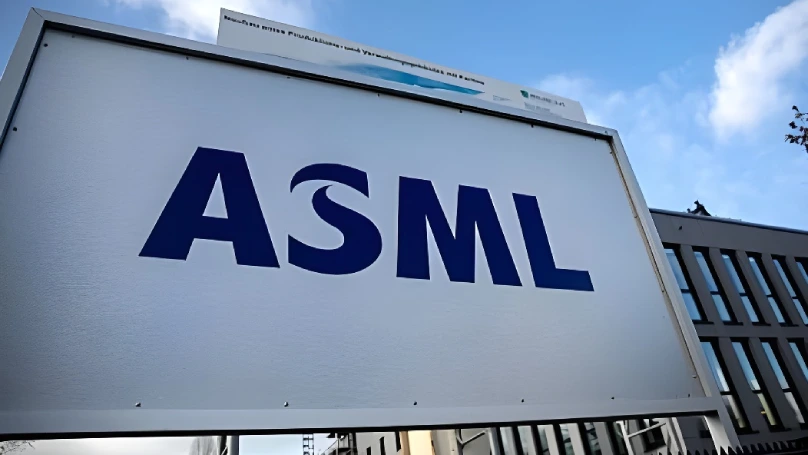
Lam Research: The Master Etcher
Once ASML’s machines have printed the intricate patterns for a chip’s circuits onto a silicon wafer, the job is only half done. The next step is to actually carve out those patterns. This is where companies like Lam Research come in. They are specialists in two critical processes: deposition and etch. Think of it like creating a multi-layered stencil painting. Deposition is the process of adding ultra-thin layers of conductive or insulating materials onto the wafer.
It has to be perfectly uniform, sometimes just a few atoms thick. Then, etch is the process of selectively removing those materials to create the circuits based on the pattern printed by the lithography machine. This is done using highly corrosive gases and plasmas in a vacuum chamber. It’s a process of unimaginable precision, repeated hundreds of times to build up the complex 3D structure of a modern chip.
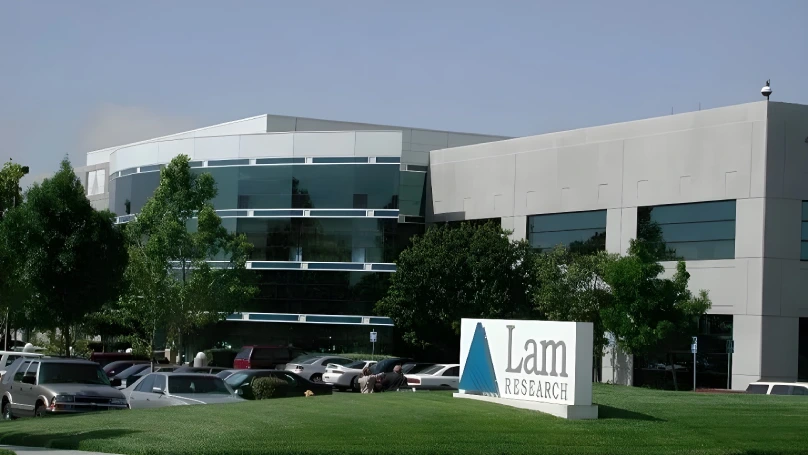
Alphabet Inc: The AI Octopus
Alphabet, the parent company of Google, is not just an AI company; it’s an AI-first company. For years, its motto was “mobile-first,” but that has fundamentally shifted. AI is now the foundation of nearly everything they do. You see it on the surface in products like Google Search, which uses AI to understand the intent behind your query, not just the keywords. You see it in Google Photos, which can identify people, places, and things in your pictures.
You see it in Google Maps, which uses AI to predict traffic and estimate arrival times. But the real story for investors is often deeper. First, there’s Google Cloud. It’s in a fierce battle with Amazon’s AWS and Microsoft’s Azure to be the primary platform where other companies build and run their AI applications. They buy Nvidia’s GPUs by the truckload and rent that power out, providing the essential “railroad” for the AI economy.
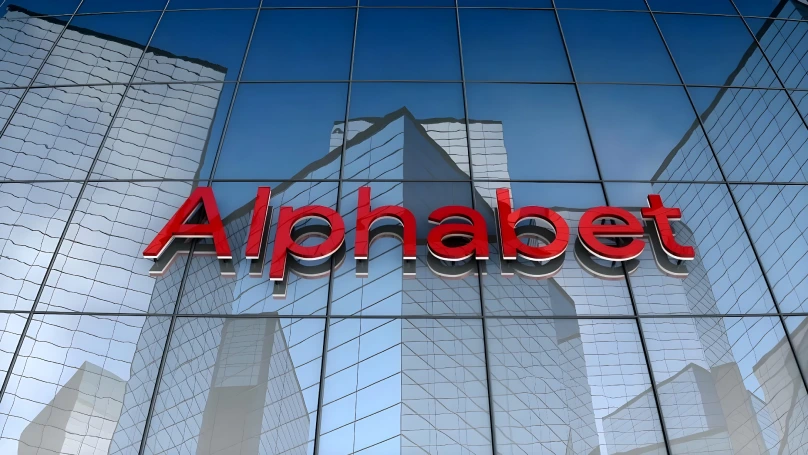
IBM: The Old Guard’s New Tricks
International Business Machines (IBM) is the grandfather of the tech industry. It’s a company that has reinvented itself time and time again, from tabulating machines to mainframes to personal computers. Its latest reinvention is centered squarely on hybrid cloud and artificial intelligence. For many years, IBM was seen as a legacy tech company, left behind by the nimbler cloud giants.
But that’s an oversimplification. IBM’s strength isn’t in competing with Google for consumer search or with Nvidia for raw GPU power. Their playground is the Fortune 500, the massive, highly regulated industries like banking, healthcare, and government that can’t just throw all their sensitive data onto a public cloud. This is where IBM’s “Watson” AI platform comes in. The original hype of Watson “becoming a doctor” was perhaps overblown, but the underlying technology has evolved into a powerful suite of tools for businesses.
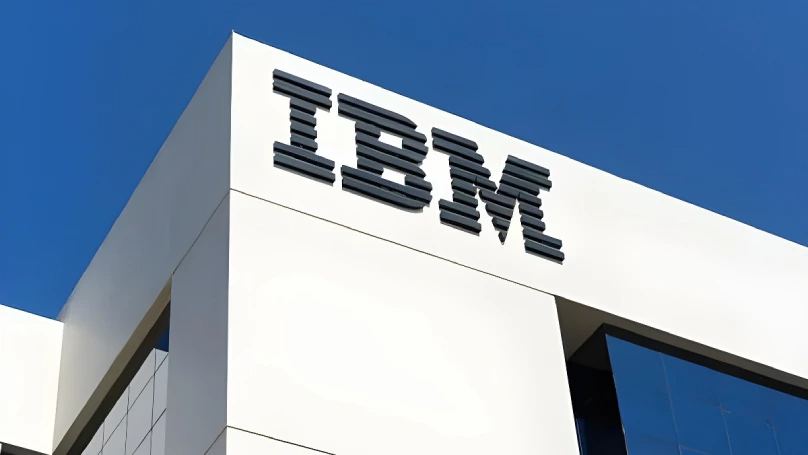
Pegasystems: The Workflow Whisperer
The company does not ring a bell like Google or IBM. That makes it intriguing. Another way of calling something an ordinary Gartner quadrant would be manufacturing execution systems; in Pega’s case, they also ventured into BPMs and CRMs. There, the naming gets so grandiose, yet out of context: Everything Fancy means every big company application is a web of complex workflows, from banking to insurance and healthcare.
An insurance claim is filed with the company. A loan application must be approved by the employee. New patients need to be onboarded. Such processes are usually clunky, slow, and involve maybe half a dozen different kinds of software working against each other. Pega’s genius is in creating a low-code platform that rides above the mess and orchestrates it. So now, it builds the “decisioning engine,” the central brain that directs the process from beginning to end.

C3.ai: The Enterprise AI Specialist
C3.ai is one of the most direct plays on the adoption of artificial intelligence by large industries. Founded by tech veteran Tom Siebel, who previously founded and sold Siebel Systems to Oracle, the company’s entire mission is to provide a platform for enterprises to build and deploy AI applications at scale. Their core product is the “C3 AI Platform,” which is essentially a set of pre-built tools and services designed to speed up the development process.
The idea is that a company like a major utility or an oil and gas firm doesn’t have the time or the in-house expertise to build an AI system from scratch. They can use C3.ai’s platform as a foundation to build applications for things like predictive maintenance on equipment, optimizing their supply chain, or detecting fraud.

Upstart Holdings: Rewriting the Rules of Risk
Upstart is trying to use AI to disrupt one of the oldest industries in the world: lending. For decades, the way banks decide whether to give you a loan has been based on a relatively small number of factors, most importantly your FICO credit score. This score is a simple, rules-based system that looks at your payment history, debt levels, and length of credit history.
Upstart’s founders believed this was an outdated and unfair system. It often excludes people who are financially responsible but may have a thin credit file, like young people or recent immigrants. Their solution was to build an AI model that looks at over 1,600 variables—things like your education, your area of study, your job history—to build a much more nuanced picture of your creditworthiness.
Conclusion
So, where does this leave you? Investing in AI isn’t about picking one magic stock that will solve all your financial dreams. It’s about understanding the different layers of this technological revolution and building a diversified approach. Think of it like building a team. You need your foundational players—the reliable, dominant hardware companies like TSMC or ASML that form the bedrock. You need your powerful midfielders—the infrastructure and platform giants like Alphabet or Microsoft that control the flow of the game. And maybe you want to take a shot on a star striker—a high-growth, AI-native company like Upstart, knowing that it comes with higher risk.










